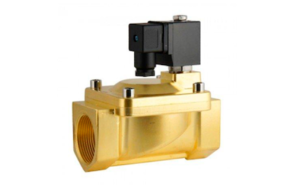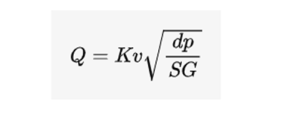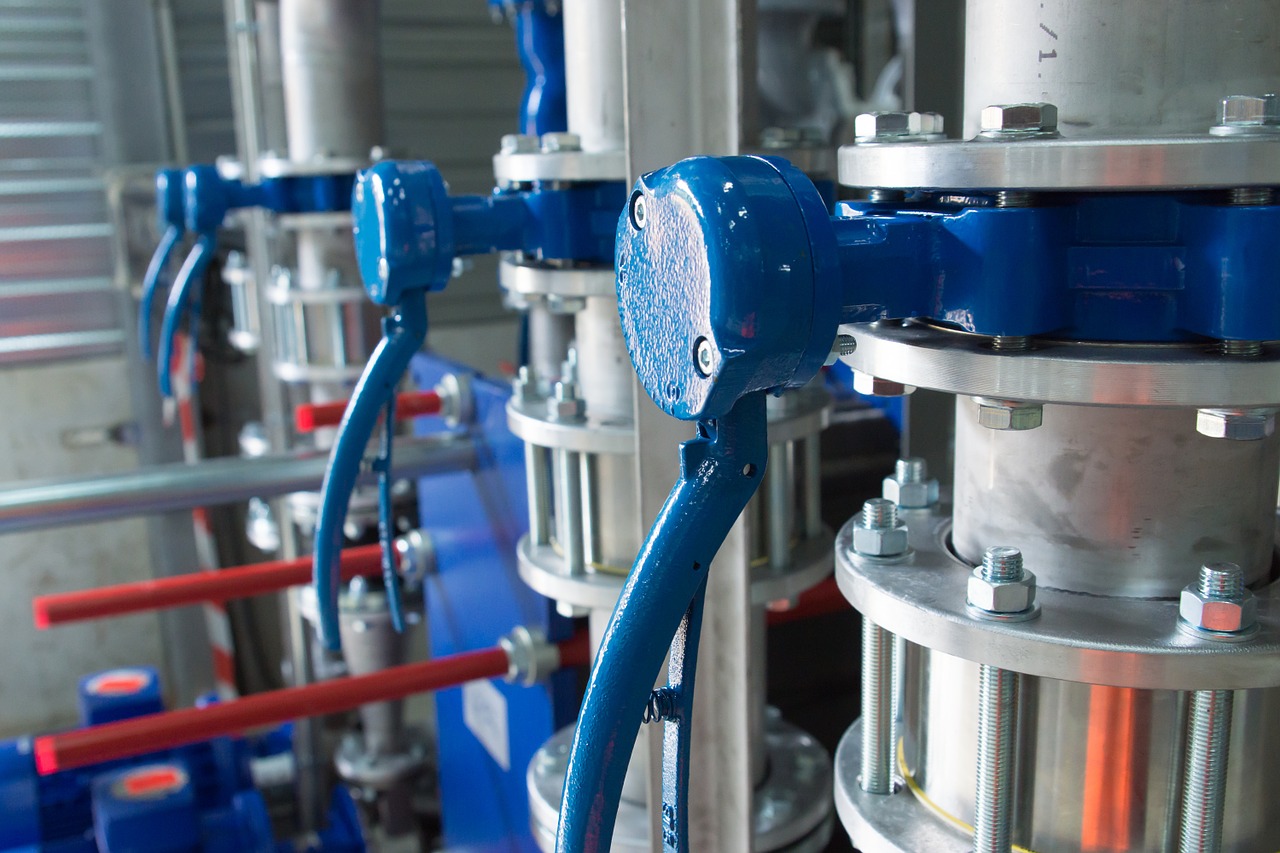How to Size a Solenoid Valve
Solenoid valve sizing is an essential selection criterion, which, together with other factors such as the circuit function, IP rating, operating principle, and pressure specification, allows you to pick the right product for your unique applications.
Before we dive deep into the dos and don’ts of solenoid valve sizing, let’s first take a quick look at how solenoid valves work.
What is a Solenoid Valve, and How Does it Work?
Solenoid valves are electrically controlled devices consisting of an electric coil (a solenoid) with a movable ferromagnetic core (a plunger) in its center. When an electric current passes through the solenoid, it creates an electromagnetic (EM) field. This EM field exerts a force on the plunger, causing it to either close or open the orifice, depending on whether the solenoid valve is normally closed or normally open.
Solenoid valves are only used to control clean liquids and gases. These valves are designed to either open, close, mix, or distribute fluid media depending on their circuit functions. These valves find applications in various settings such as heating systems, compressed air systems, car washes, irrigation farms, etc.

What is Solenoid Valve Sizing, and Why is It Important?
Solenoid valve sizing simply measures the valve’s flow rate for a given fluid media and under a given pressure range. The valve’s flow rate is calculated using a constant called the flow factor, denoted as (Kv).
The Kv value is often given in metrics, but its imperial version is denoted as Cv. How to calculate each of these values varies, but it’s worth noting that 1 Kv equals 1.156 times Cv.
Instead of using the size or diameter of the pipe to size a solenoid, the Kv value is used. In other words, the Kv value simply represents the amount of water with a specific gravity of one, which can flow through the solenoid valve at a pressure differential of one bar.
The Kv value is an accepted industry standard that makes it easy to choose the most accurate size of a solenoid valve with the help of a simple formula.
Calculating the Kv Value
A solenoid valve’s flow rate depends on the route the fluid media takes (the shape of the valve’s body) and the orifice diameter. The larger the size of the piping connections, the larger the orifice diameter and the greater the flow.
To calculate the valve’s flow rate, we need to know other factors such as the fluid’s specific gravity (G) and the inlet and outlet pressure (for calculating pressure drop). That said, water has a specific gravity of 1, and any liquid denser than water has a specific gravity greater than 1. Similarly, liquids that are less dense than water, such as petroleum products, have a specific gravity of less than 1.
To calculate the pressure drop, you’ll need to subtract the pressure difference between the inlet and outlet. For instance, suppose a water pipe (in a closed environment) has a pressure of one bar and flows to the atmosphere with a pressure of zero bar; the pressure difference or the pressure drop is one bar.
Once you have all these figures, you can simply calculate the flow rate (Q) using the below mathematical formula. From the formula, it’s evident that the flow rate (Q) is directly proportional to the flow factor/ coefficient (Kv).

Where:
Q = the flow rate in m3/hour.
Kv = Flow factor or coefficient.
dp = the pressure drop or differential pressure between the inlet and outlet in bar.
SG = Specific gravity of the fluid media.
Other Solenoid Valves Selection Criteria
Now that you know the valve’s flow rate, there are a couple more factors you need to know before you can choose the right solenoid valve. Some of the other key parameters to consider include:
- The principle of operation – solenoid valves are either direct operated, semi-direct operated, or indirect operated. Both the direct and semi-direct types can be operated from zero bar, while the indirect type requires a pressure differential of at least 0.5 bar.
- Circuit function – this determines the function the valve has in the circuit. Common circuit functions include 2/2-way and 3/2-way solenoid valves.
- Pipe diameter and thread type – The thread size of a solenoid valve is given in inches. Similarly, most thread types are British Standard Pipe Parallel (BSPP), often denoted by the letter G, for example, G1/8 inch.
- Pressure and temperature specifications – The operating temperature and pressure of solenoid valves vary, and so you should choose one that’s compatible with the fluid media you want to control.
- Medium – the fluid medium you intend to control often determines the choice of solenoid valve material and the type of seal material. Proper seal material selection ensures good performance and long and reliable service life.
- The valve’s response time – this is determined by the valve’s construction, coil properties, atmospheric pressure, and the viscosity of the medium. AC valves often have a higher response time compared to DC valves.
- Voltage rating and coil type – low voltage coils are relatively safer than high voltage AC coils, but they also have limitations. For instance, they aren’t suitable for heavy-duty operations.
- IP-rating – an IP rating of 65 and above often offers reliable protection against dust and water damage.
Conclusion
When choosing a solenoid valve, there are several factors that you need to keep in mind. That said, sizing your solenoid valve correctly allows you to select the correct flow rate that will serve your fluid control needs. If you experience any challenge during the selection process, always seek professional help to avoid costly selection mistakes.

